Thomas Alva Edison (1847 – 1931) was an American inventor who had a major and long lasting impact on how the world progressed in the late 19th and 20th century especially in the fields of electric power generation, mass communication, sound recording and motion pictures. He patented 1,093 mechanisms and processes in U.S. during his lifetime and he is regarded as one of the greatest American inventors. Though most renowned for inventing the first commercially practical incandescent light bulb, Edison is credited with many other inventions including Quadruplex Telegraph, Phonograph, Carbon Microphone and the first practical Fluoroscope. Apart from his inventions, he also contributed greatly by establishing the first large scale institutes devoted to research. He worked with many researchers and businessmen applying the principles of mass production and teamwork to the process of invention. Know more about the contributions of Thomas Edison through his 10 major accomplishments.
#1 HE DEVELOPED ONE OF THE EARLIEST PRACTICAL STOCK TICKER MACHINES
At the time of Edison, access to information on share prices was slow and expensive. In case of long distances, one would have to wait for a whole day or longer to receive this information verbally or in writing. Sometimes variants would have changed by the time a person received this information, leading to inconveniences and wrong decision-making. In 1869, Edison developed the Universal Stock Ticker, one of the earliest practical stock ticker machines. Tickers quickly transmitted details as they used the existing telegraph infrastructures. The information was printed on a small paper strip (called the ticker tape) and contained initials of companies and their share prices. This method was also less expensive as the information could travel alongside mainstream messages. Stock tickers eventually fell out of favor with the advent of radio and television in the 1960s.
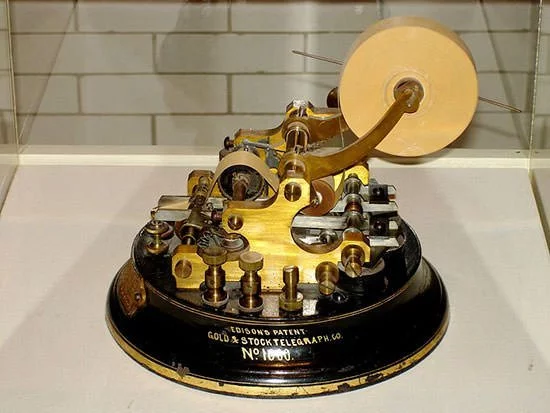
#2 HE INVENTED THE QUADRUPLEX TELEGRAPH
Telegraphs became the fastest and most reliable means of communication in the early 19th century. A trained operator would send and receive messages using a device known as a telegraph key. These messages were transmitted in form of beeps, and the operator would write down and interpret them using some standard character encoding scheme like the Morse Code. The major limitations of earlier machines were that they could only transmit a single signal at a time on the same wire, leading to waste of time. Thomas Edison invented the Quadruplex telegraph, in which a single wire could transmit as many as four separate signals at a time. This was a game changer in the communication industry. Edison didn’t even fathomed the impact of his invention, for he intended to sell the new telegraph for only $4000. He was astonished when the first bidder offered $10,000 for the equipment. This would be equal to roughly $216,000 today. The Quadruplex telegraphs remained in wide use for over a century. They were useful in rail and water navigation. Their use only reduced in the early 21st century with the commercialization of satellite communication.
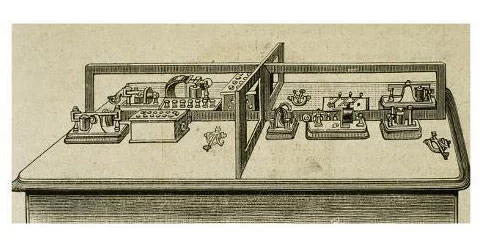
#3 HE ESTABLISHED THE FIRST LARGE SCALE RESEARCH INSTITUTES
The Quadruplex telegraph was Edison’s first financial success. It allowed him to establish in 1876 an industrial research lab in Menlo Park, Middlesex County, New Jersey. This is regarded as the first industrial research laboratory. It focused on improvising and building on existing technology. Later, Edison, in collaboration with businessmen Henry Ford and Harvey Firestone, set up a botanic research laboratory in Fort Myers, Florida. This primarily focused on plants that could be used to produce cheap rubber. Edison was not alone in these ventures. He had the help of a number of prolific researchers, engineers, economists, mathematicians and business associates. However, it was Edison’s vision to apply teamwork and mass production to the process of invention. Many industries followed his example and established their own research institutes.
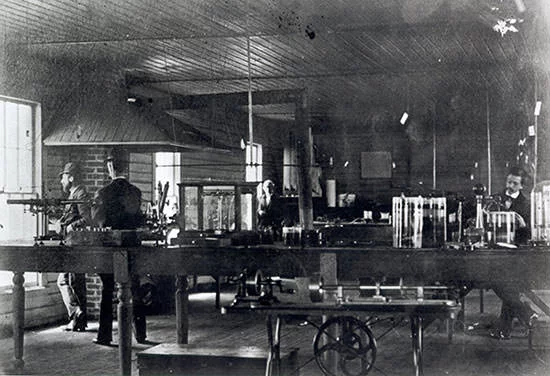
#4 HE INVENTED THE FIRST COMMERCIALLY PRACTICAL INCANDESCENT LIGHT BULB
Thomas Edison wasn’t the first person to conceive the idea of an electric lamp. There were many others who had previously devised incandescent lamps. However, these bulbs had several flaws like having a high cost, an extremely short life and drawing a very large electric current. These flaws made it impractical to use these bulbs on a large scale commercially. Edison competed against other researchers to resolve these issues. He realized that he needed to develop a lamp that used a low amount of current. After many experiments, he found that a carbon filament was best suited for this. On November 4, 1879, Edison filed for a patent for an electric lamp using “a carbon filament or strip coiled and connected to platina contact wires”. This was the first commercially practical incandescent light. It burned for over 1,000 hours while consuming minimal electricity. Its first demonstration at Menlo Park attracted many distinguished persons. Edison was able to secure a contract from Oregon Railroad and Navigation Company, one of the largest navigation companies, to install the lighting system in their new ship.
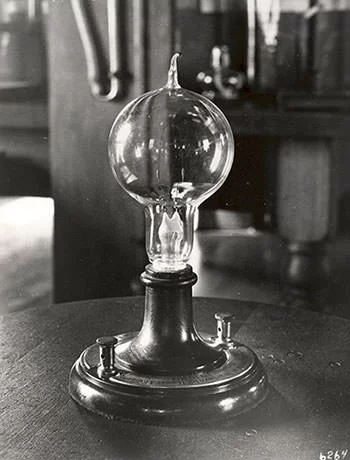
#5 HIS PHONOGRAPH BEGAN THE ERA OF SOUND RECORDING
The phonograph is a device for mechanical recording and reproduction of sound. Thomas Edison invented the phonograph in 1877. It was one of his most remarkable inventions and the one that first brought him widespread acclaim. The public was in fact so astonished with Edison’s phonograph that they called him “The Wizard of Menlo Park”. Many people had experimented with sound recording, but none had managed to reproduce the recorded sound. Edison’s phonograph consisted of a grooved cylinder coated with tinfoil, a stylus and a flaring horn. Although its music wasn’t so qualitative, and despite the fact that it could only capture a few minutes of music for a limited number of times, it is what marked the beginning of music recording. The phonograph advanced over time until it eventually gave way to cassettes.
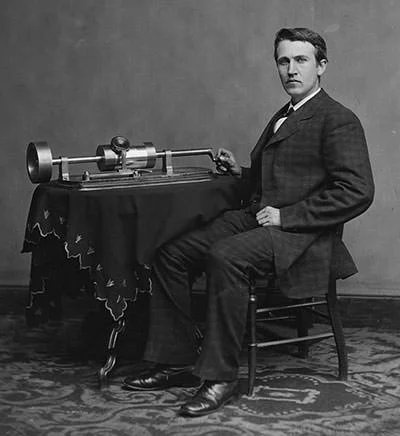
#6 HE INDEPENDENTLY DEVELOPED THE CARBON MICROPHONE
In 1876, Thomas Edison began working to improve the microphone for telephones. Microphones, at that time, worked by generating a weak current and were not very efficient. Edison developed the carbon microphone which consisted of two metal plates separated by granules of carbon. British inventor David Edward Hughes and American inventor Emile Berliner invented the carbon microphone concurrently with Edison. Though Edison was granted a patent first, in 1877, it was David Edward Hughes who demonstrated his device earlier. The low cost and the ability to accurately reproduce sound made the carbon microphone well suited for telephony. Edison used his carbon microphone concept to create an improved telephone for the Western Union Company. The carbon microphone is the direct prototype of today’s microphones. It was critical in the development of telephony, broadcasting and the recording industries.
#7 HE INVENTED THE FIRST PRACTICAL FLUOROSCOPE
In late 1890s, Thomas Edison began investigating materials for their ability to fluoresce when X-rayed. This in turn led him to invent the first practical fluoroscope which had sufficient image intensity to be commercialized. A fluoroscope is a machine that uses X-rays to take radiographs. Unlike conventional X-ray machines, which can only produce still images, a fluoroscope enables one to view the real-time events in the body in a continuous motion. For example, one can see the heart beating, or watch how food travels through the gut after swallowing. Though he invented the fluoroscope, Edison, as well as his assistant, suffered varying degrees of body damage after exposing themselves to X-rays. His assistant died due to this while Edison almost lost his eyesight. Due to this, Edison abandoned his research on fluoroscopes.
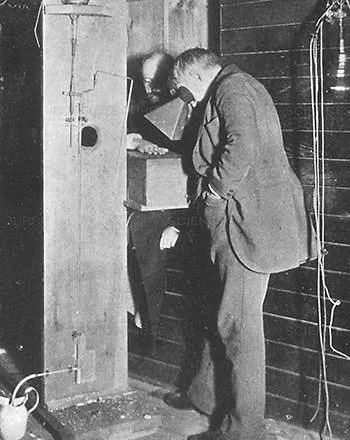
#8 HE HELPED IN THE DEVELOPMENT OF KINETOGRAPH AND KINETOSCOPE
A kinetograph is an early type of film camera used for taking a series of photographs of moving objects. Edison did the electromechanical design of the instrument but it was his employee W. K. L. Dickson who deserves most of the credit for the invention. The kinetograph applied similar concepts as that of still cameras, only that it took multiple pictures rapidly on a long film. When these frames were passed quickly, they appeared as if they were a single recording. Edison then had Dickson design a kinetoscope, a device through which an individual could view these films through a peephole viewer window. The kinetograph and kinetoscope were both first publicly exhibited on May 20, 1891.
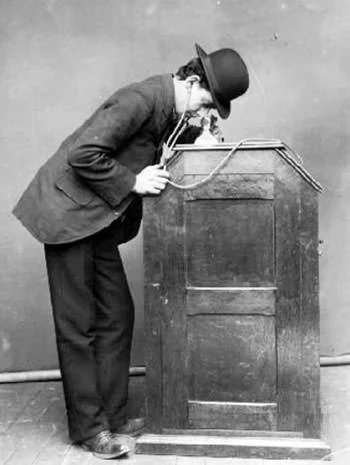
#9 HE PLAYED A KEY ROLE IN DEVELOPMENT OF MOTION PICTURES
In 1893, Thomas Edison established the world’s first film production studio, the Black Maria, in West Orange, New Jersey. In May of the same year, Edison conducted the world’s first public demonstration of films. These were shot using the Kinetograph in the Black Maria and viewed with a Kinetoscope. The first exhibited film showed three people pretending to be blacksmiths. Edison’s studio created the first film to ever receive a copyright in 1894. The same year, Edison’s Kinetoscope began commercial operation. The first Kinetoscope Parlor was opened at 1155 Broadway in New York City. Early customers payed five cents to see 20 to 30 seconds of silent film, one at a time. In 1895, Edison produced a short film titled The Execution of Mary Stuart. It showed Mary, Queen of Scots being executed in full view of the camera. The effect was achieved by replacing the actor with a dummy for the final shot. It is the first known film to use special effects as well as the first film to use trained actors. The Black Maria was closed in January 1901 as Edison built a better-quality studio in New York City. Film projection ultimately superseded the Kinetoscope’s individual exhibition model.
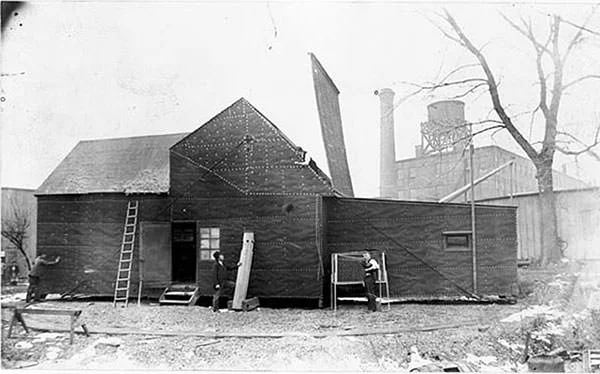
#10 EDISON IS ONE OF THE MOST INFLUENTIAL INVENTORS OF ALL TIME
Thomas Edison was a prolific inventor. He held 1,093 US patents in his name in addition to patents in other countries. He explored numerous fields in his career. Apart from the ones mentioned above, Edison made important contributions to the fields of mining and chemical extraction. He devised a more cost-friendly and efficient way to extract iron from a low-grade ore and discovered the Falconbridge ore body. He also worked to produce cheap latex from local plants in the United States so that his nation wouldn’t rely on imported rubber. Thomas Edison was honored with numerous awards during his life including the Congressional Gold Medal (1928), the highest civilian award in the United States. The TIME magazine included Edison on its list of “20 Most Influential Americans of All Time” while the Life magazine placed him first in its list of the “100 Most Important People in the Last 1000 Years”. Thomas Edison, without doubt, contributed immensely toward the world of science and innovation. He is one of the most influential inventors of all time.
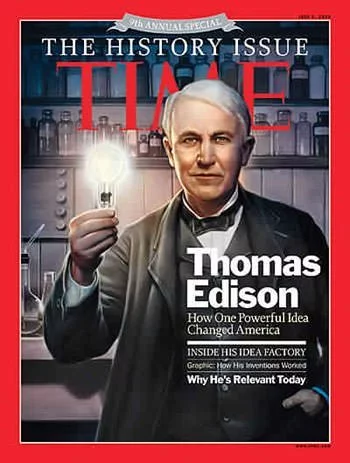
THE BATTLE OF CURRENTS
The “war of currents” or “battle of currents” refers to the competitive period in the 1880s and 1890s in the United States for the introduction of competing electric power transmission systems. In 1880, Thomas Edison established his Edison Illuminating Company to bring electric lighting to homes and businesses. With Edison holding all the key patents, his direct current (DC) based electricity would be sold throughout the United States. However, things took a turn in the mid 1880s when entrepreneur George Westinghouse partnered with the famous scientist Nikola Tesla to pose a challenge to Edison and his backers. The altering current (AC) voltage could be stepped up and down and this meant that it was easier and cheaper to transmit it over long distances. In 1888 Westinghouse bought the patent rights to Tesla’s polyphase system of alternating-current dynamos, transformers and motors. This led to a bitter war of words, underhand tactics and media hype about the better and safer alternative in the lucrative business of providing electricity. The war culminated in 1893 when Tesla, in order to prove its safety, reportedly used a Tesla coil to send electricity through himself to produce light. Edison backed direct current was dangerous and expensive over longer distances and despite his efforts to implement direct current, alternating current won the battle of currents.

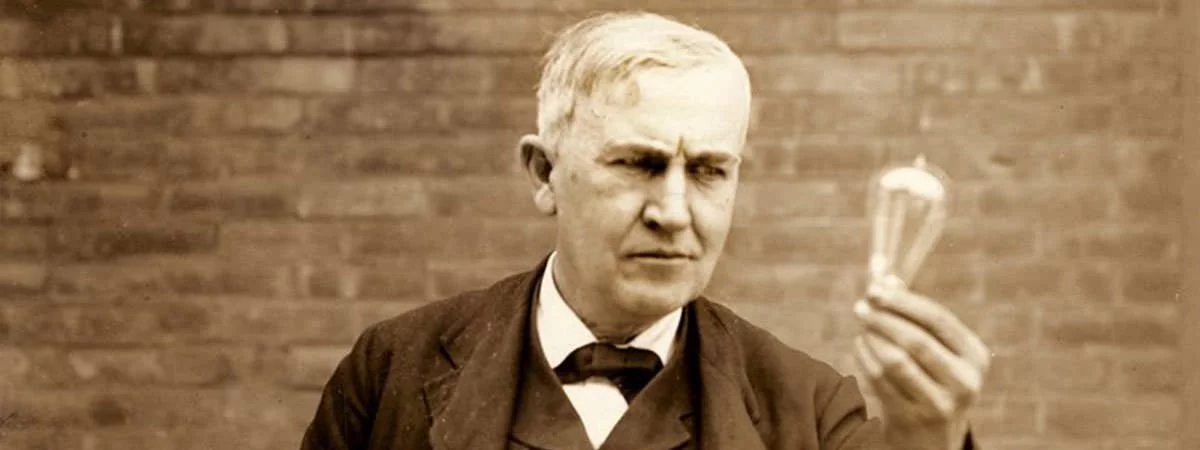
Well done